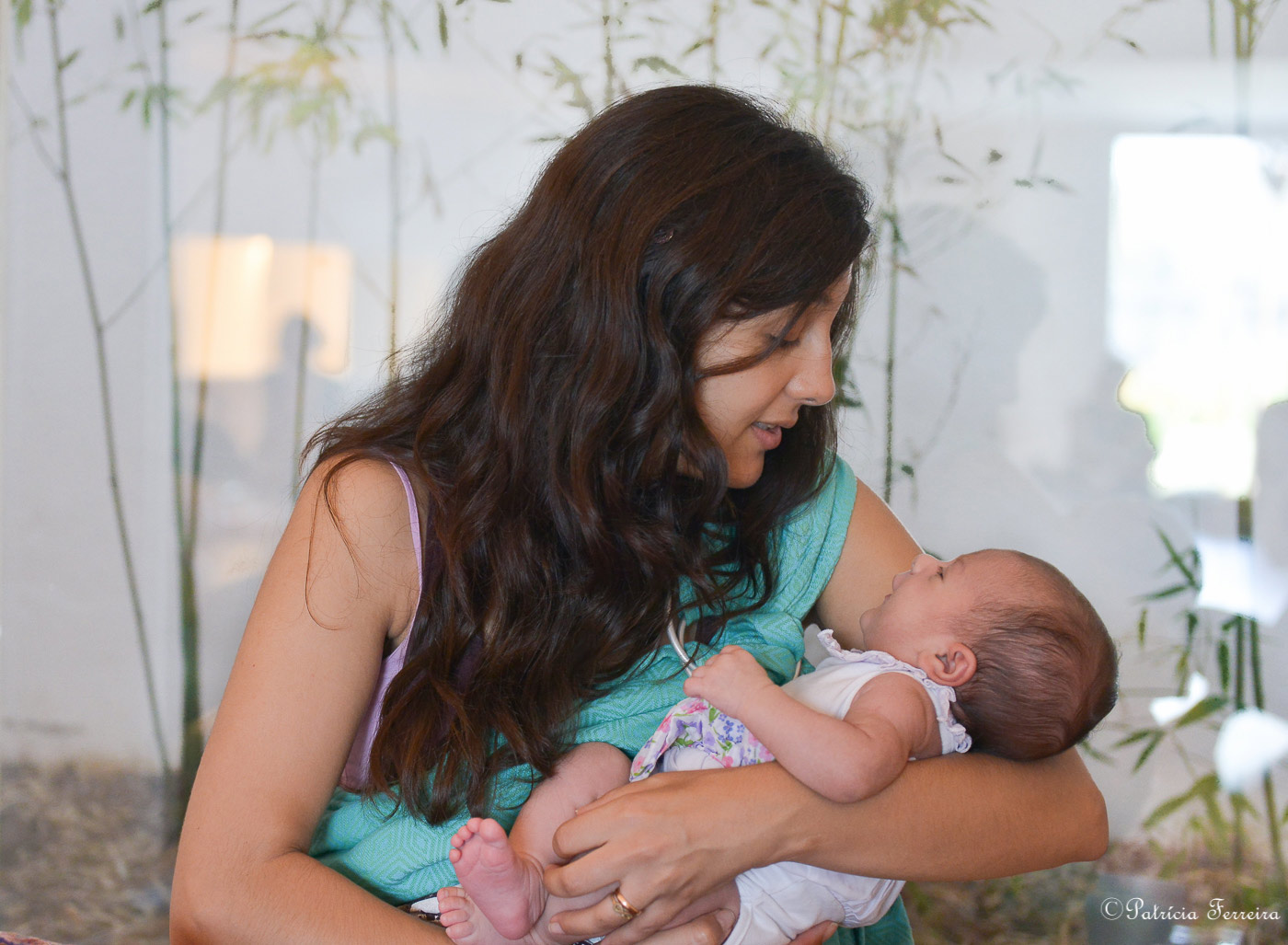Attachment Parenting
Although development always implies change, attachment has a central place in the hierarchy of development because of its primacy. However much transformation occurs in later development the infant mother/ In all other mammals so far studied touch is the first of the senses to develop. Tactile signals compose a primary force in the keeping of peace and cohesion in other mammal groups and families, some of which are the most fearsome creatures on earth. As such the importance of touch to the relationships of these other groups would be impossible to over evaluate.
As human beings we are a more social species and we learn much through our social interaction with others. Starting fro
The feeling that binds us to each other is reinforced m the beginning, from birth, touch is an essential macro nutrient and a vital ingredient in the baby’s formation of a warm continuous intimate relationship with his/her mother (or mother substitute) in which both find satisfaction and enjoyment
father/caregiver attachment relationship is the core around which all other experience is structured. Sroufe et al 2005 by touch and learnt from our mother/father/caregiver from birth. All children learn the patterning of relating and dyadic emotion regulation through experience, learning, by virtue of their early relationships, that when one person is needy the other responds.
The Benefits of Attachment Parenting
During the first six months of a baby’s life, just picking up a crying baby promptly, is associated with four major outcomes before the end of the first year of that baby’s life.
- First, the baby will cry less.
- Second, the baby will have learnt to self soothe.
- Third, when needing to be soothed the baby responds more promptly to the caregiver.
- Fourth, the caregiver who has responded promptly and warmly most of the time to their baby’s cry’s, will have created an organised and secure attachment with all it’s benefits.
Some Benefits to the Child
Children with secure histories
- Who are effectively dependent become infants who are effectively independent
- Become ego resilient and respond flexibly to frustrating and challenging requirements Sroufe et al ‘83
- Grow to believe they can successfully influence their world. Bowlby ’73
- Do not seek teacher attendance
- Show less dependency on adults
- Are more empathetic Sroufe and Fleeson ‘86
- Are less likely to become frightened or frightening caregivers
- Abide more by the rules of gender peer groups
- Exhibit higher social confidence Bowlby
- More active participants in peer groups and less frequently isolated
- Fare well in situations of novelty, high stimulation, object mastery and cognitive challenge
- Higher on empathy with deeper more mutual relationships
- Security of attachment related to the emotional tone of adult romantic relationships
- Are more goal directed and achievement oriented Oppenheim, Sagi and Lamb ‘88
- Are more resistant to stress Pianta Egeland and Sroufe 90
- Show faster recovery following behavioural difficulties Sroufe 90
- Infants who are securely attached have a history of more sensitive and cooperative interactions
- Secure attachment nurtures self reliance Bowlby ’73
- Use positive affect to sustain and build peer interactions Sroufe et al 2005
- Have more positive expectations regarding relationships with others
Without the security of this attachment the long term effects may be difficult to overcome as the effects of early child development cannot be undone or redone. (Perhaps this is what the psychiatrist R D Laing meant when he said ‘that some people do not fully enter into this world’).
Human beings are the only mammals on this planet that separate their newborns from their mothers at birth. Considering the close proximity of the mother and child relationship throughout pregnancy and confinement it must be obvious that the separation of the mother and child following birth should be gradual. (Even more so when the baby’s birth is premature).
For the first six to eight weeks the baby needs to be held, touched, talked to and reassured as he/she coordinates and, quite literally, gathers his/her senses in a new and an unfamiliar environment.
It is at this time that baby ‘massage’ has so much to offer to both the mother and her child, in terms of attachment, and the relief of pre-natal, birth, and post-natal trauma and anxiety.

Leave a Reply